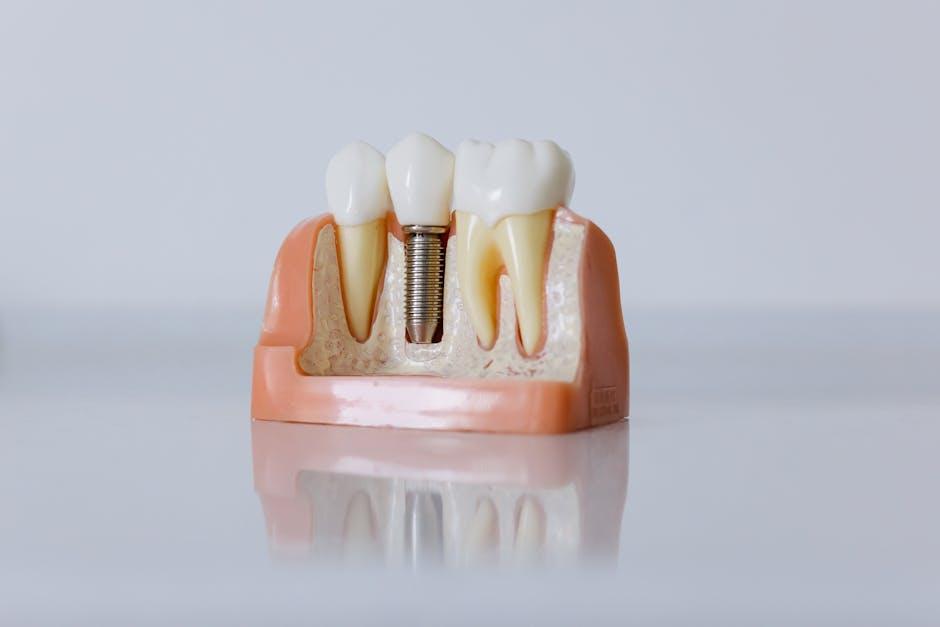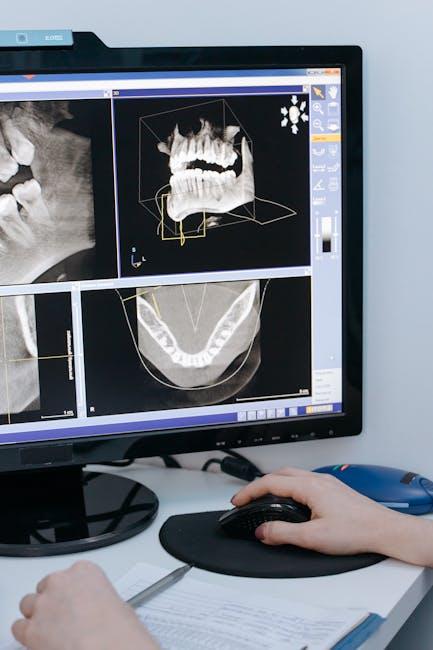
Dental Technology Purchases: Strategies and Considerations – Dental Economics
Investing in dental technology is a critical component to the success and growth of any modern dental practice. From digital imaging to CAD/CAM systems and sterilization equipment, the right dental technology can significantly improve diagnostic accuracy, patient experience, and overall office efficiency. However, purchasing dental technology requires more than just picking the latest gadget. It demands careful planning, strategic thinking, and understanding of key considerations to ensure a wise investment.
Why Dental Technology Purchases Matter
Dental technology investments can be substantial and have long-term impacts on your practice’s effectiveness and profitability. Smart technology acquisitions can:
- Enhance patient outcomes through improved diagnostics and treatment planning
- Streamline workflows, reducing chair time and boosting productivity
- Attract and retain patients by showcasing your practice’s commitment to innovation
- Increase revenue by enabling advanced procedures and better case acceptance
Key Strategies for Successful Dental Technology Purchases
Adopting a strategic approach to purchasing dental technology will help ensure your practice stays competitive and financially healthy. Consider implementing the following strategies:
1. Conduct a Needs Assessment
Before ticking off items from a wish list, evaluate what your practice truly requires. Ask yourself:
- Which technologies will have the most impact on patient care and workflow?
- Are there outdated devices that need replacement or upgrading?
- What are the current pain points in operations that technology could solve?
2. Set a Realistic Budget
It’s crucial to balance your ambitions with financial realities. While advanced systems may be tempting, ensure the investment aligns with your budget and expected return on investment (ROI). Factor in not just initial costs but also maintenance, training, and software updates.
3. Research and Compare Vendors
Explore multiple vendors and products to understand features, technology support, warranty options, and user reviews. Request demos and trial periods if possible, and engage your team for feedback on usability.
4. Plan for Integration
New technology should seamlessly integrate with your existing practice management software and workflows. Consider compatibility and interoperability to avoid disruptions that affect productivity.
5. Negotiate Terms and Financing
Don’t hesitate to negotiate pricing and terms. Many vendors offer financing options, lease programs, and bundled deals that can ease upfront costs.
Essential Considerations When Purchasing Dental Technology
Beyond the purchasing strategies, keep the following considerations top of mind for each dental technology investment:
| Consideration | Why It Matters | Questions to Ask |
|---|---|---|
| Technology Longevity | Ensures the equipment stays relevant and won’t become obsolete too quickly | Is the technology scalable or upgradeable? What’s the typical lifespan? |
| User Training & Support | Reduces downtime and improves staff adaptation | Is training included? What customer support services are offered? |
| Regulatory Compliance | Prevents legal issues and ensures patient safety | Does the technology meet current health and safety regulations? |
| Return on Investment (ROI) | Justifies the cost against potential revenue and efficiency gains | How soon can I expect to see an ROI? What metrics should I track? |
| Maintenance & Warranty | Secures equipment reliability and manages long-term costs | What warranty coverage is provided? How often is maintenance needed? |
Benefits of Thoughtful Dental Technology Purchases
When dental practices invest carefully, the benefits are multi-dimensional:
- Improved Diagnostic Accuracy: Technology like digital x-rays and intraoral cameras enable earlier and more precise diagnosis.
- Enhanced Patient Experience: Faster treatments, more comfortable procedures, and visual treatment plans boost patient confidence.
- Operational Efficiency: Automated sterilization units and practice management software improve office workflows.
- Competitive Advantage: Cutting-edge technology attracts tech-savvy patients and differentiates your practice in a crowded market.
Practical Tips for Optimizing Dental Technology Investments
- Stay Educated: Attend dental technology expos, webinars, and workshops to stay up to date with advancements.
- Engage Your Team: Include your clinical and administrative staff in research and decision-making to ensure the tech meets their needs.
- Leverage Vendor Relationships: Building strong connections can lead to better pricing and support.
- Track Metrics: Measure performance improvements post-purchase such as patient throughput, treatment acceptance rates, and maintenance costs.
- Plan for Upgrades: Technology evolves rapidly, so consider upgrade paths in your initial decision to future-proof the investment.
Case Study: How Strategic Technology Purchase Transformed a Mid-Sized Dental Practice
Dr. Sarah Lee’s dental clinic was struggling with lengthy appointment times and patient no-shows. After performing a needs assessment, she prioritized investing in a digital scheduling system and an intraoral scanner. By negotiating leasing options and involving her staff in vendor demos, the transition was smooth. Within six months, appointment efficiency improved by 25%, patient satisfaction increased, and the practice saw a noticeable uptick in new patients attracted by the enhanced technology. This case highlights the power of strategic, well-researched dental technology purchases.
Conclusion
Dental technology purchases are vital investments that require a mix of strategic foresight, thorough consideration, and ongoing management. By assessing your practice’s unique needs, setting realistic budgets, researching vendors carefully, and planning for integration and future upgrades, you position your practice for improved patient outcomes, operational efficiencies, and sustainable growth. Remember, the best dental technology isn’t necessarily the most expensive—it’s the technology that fits your practice’s goals and maximizes value over time.
For dental professionals navigating technology investments, adopting these strategies and considerations can make a significant difference, ensuring every dollar spent contributes to a healthier, more productive, and patient-centered dental practice.


